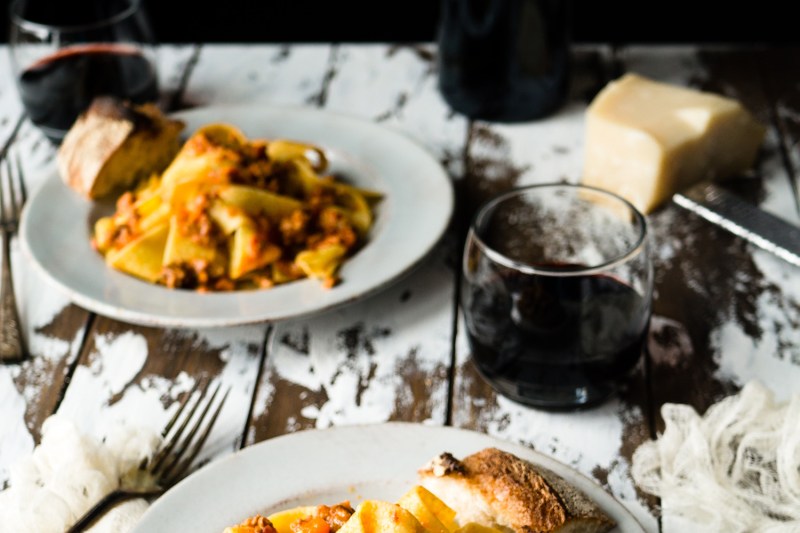
Pinot noir is known as one of the best food-pairing wines that there is thanks to its bright acidity, sturdy yet balanced tannic structure, and complex rich-fruit character. It pairs well with a wide range of foods and flavors, making its use with pasta a no-brainer — extending to any number of shapes and forms, from tagliatelle to gnudi, with an infinite variety of ingredients it can be served with. Whether you prefer a red sauce, a cream sauce, or are a vegetarian or a meat-lover, pasta is whatever you want it to be, and Pinot noir is right there next to it to make it taste even better. Here are a few of our favorite Pinot and pasta pairings:
Belle Glos Dairyman 2018 Pinot Noir and Wild Boar Ragu Pasta
Robust Pinot noirs demand an equally bold pasta to balance (or vice versa), and that’s just what this pairing is. This vineyard-designated Russian River Valley wine produced by winemaker Joe Wagner is distinctive in flavor, but also in style. The coastally-influenced Dairyman Pinot noir expresses notes of ripe dark berries, with layers of earth, and a touch of cacao and savory spices from the 100% French Oak barrels in which the wine has aged.
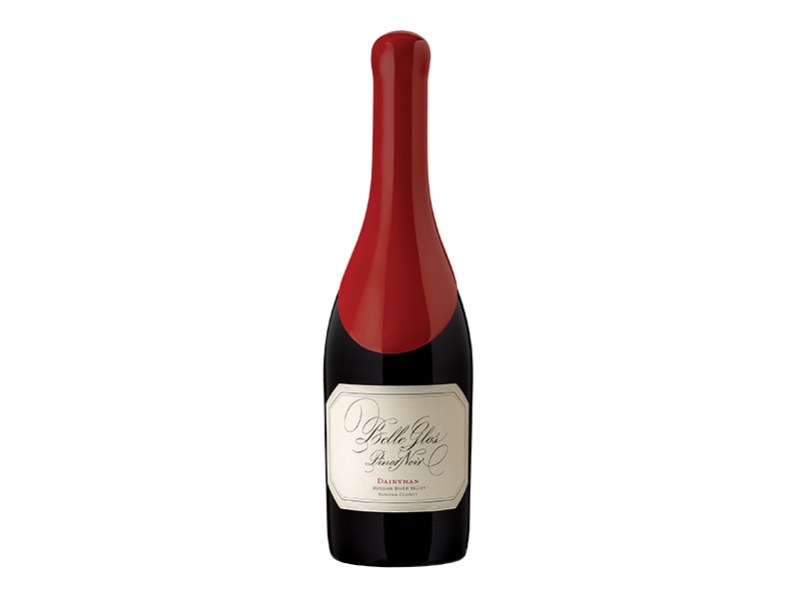
Belle Glos Dairyman weighs-in at a whopping 14.5% ABV which makes a hearty Wild Boar Ragu its perfect match. The ragu calls for a wine to be used as an element of the seasoning and preparation of the meat, which is then used as a part of the ragu. Use the Dairyman Pinot noir both when making the dish, as well as to pair, and the marriage will be seamless and worthwhile.
Joseph Phelps Freestone Vineyards Sonoma Coast Pinot Noir 2017 and Tortellini with Porcini Mushroom Sauce
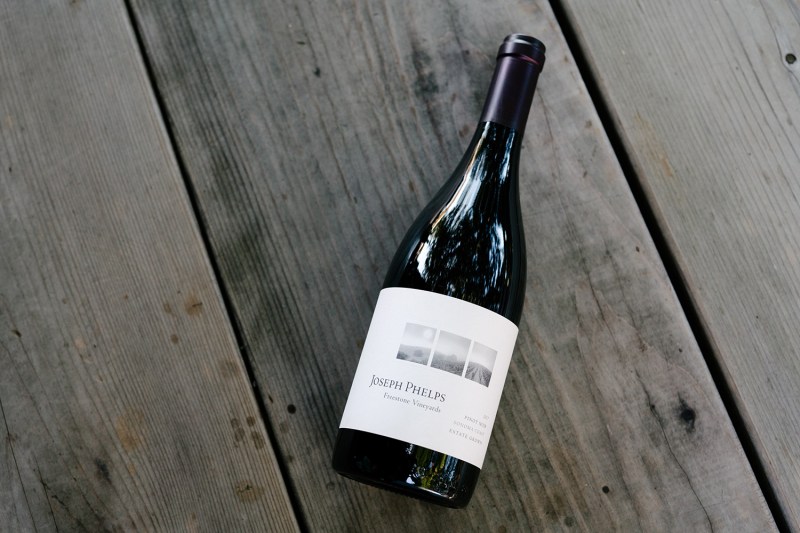
The Freestone Vineyards 100% estate-grown Pinot noir is a phenomenally well-structured, light-bodied wine. It boasts flavors of both candied and under-ripe red fruits, such as strawberries and cherries, with a subtle herbaceousness and earthiness reminiscent of mushrooms that makes this wine a perfect match for an umami-bomb of a pasta in the form of tortellini with porcini mushroom sauce.
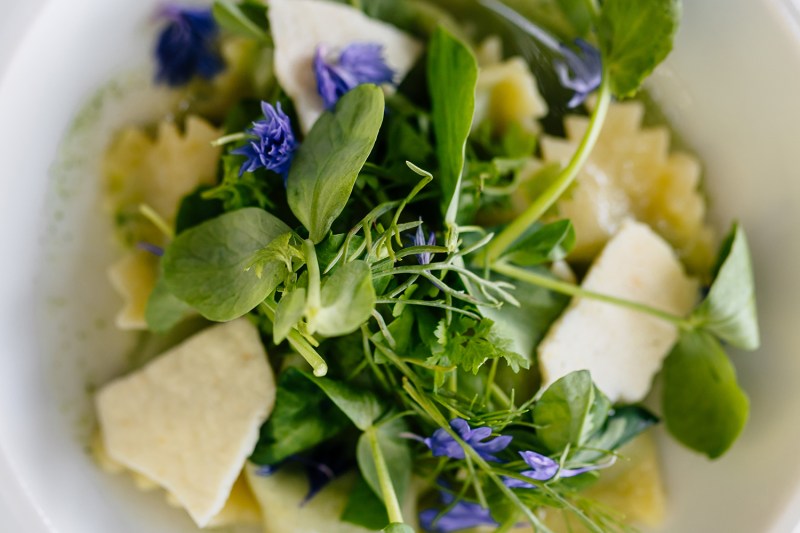
The pasta is incredibly easy to whip up, vegetarian, and will dampen the savory notes of the wine and bring forth its fresh acidity in the form of raspberries, and bing cherries. It’ll spur a happy dilemma between wanting to glug this refreshing pinot, and looking to take your next bite of this delectable pasta. If you are an avid DIY’er, we recommend giving Joseph Phelps’ own mushroom ravioli recipe a go and substituting it for the tortellini.
La Crema Brut Rosé and Seafood Pasta with Tomato and Crushed Olives

Also coming from the cool grape growing region of coastal California’s Sonoma County, this vibrant, sophisticated rosé is predominantly Pinot noir, blended with a bit of its close cousin, Chardonnay. While it can sometimes be difficult to pair red Pinots with seafood depending on how meaty the fish is, and what it’s plated with, high-acid rosés skirt around those issues with characteristics that make the pairing almost fool-proof.
The La Crema Brut Rosé expresses complementary notes of lemon zest and has a minerality that tastes like the shells of oysters (I know, it sounds crazy, but you’ll see). The seafood pasta is almost like a hybrid between a pasta and a stew, and leaves it up to the chef to decide which fish to use. We recommend something with a bit more weight to it, such as swordfish, for this specific pasta. The high acidity of the tomatoes, and bitterness from the olives, will leave the wine tasting bright and fruity, with hints of citrus. A great warm-weather pasta pairing.
BÖEN Russian River Pinot Noir 2018 and Creamy Pesto Pasta with Tomatoes
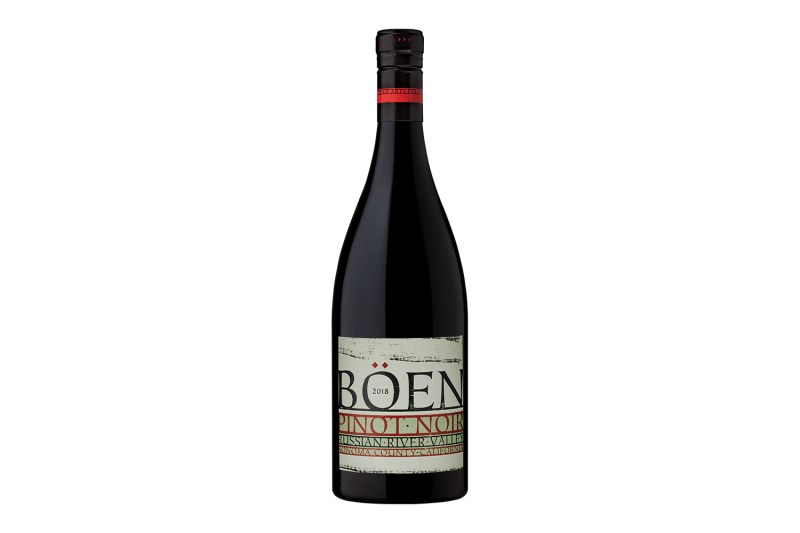
While pesto can be made with a blend of any green and nut, the classic basil-pine nut pesto, which is the one used in this recipe, is known for pungent flavors that tend to linger long after the meal is over. When cream is added, it softens the spice of the garlic and herbaceousness of the dish and makes it rich, asking for a wine pairing with big flavors and refreshing acidity. The BÖEN Russian River Pinot noir is just that.
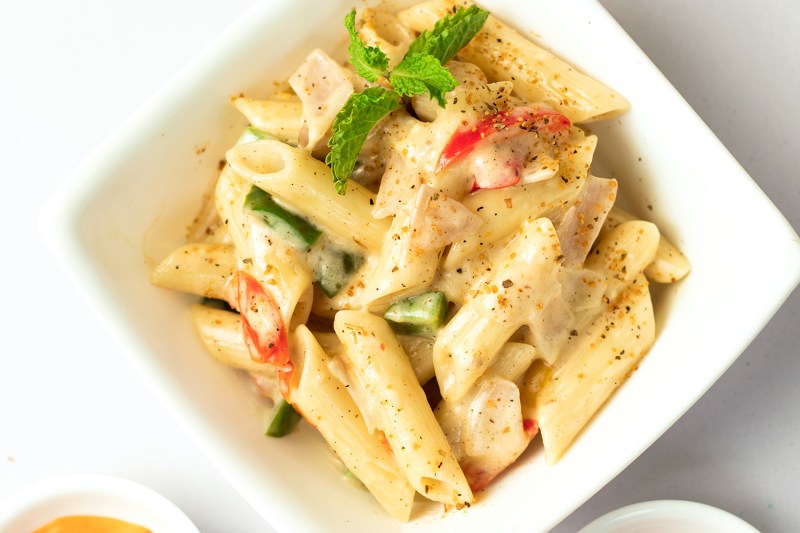
It’s high in alcohol at 14.7% ABV, but its clean, mouth-watering acidity makes the wine seem less thick and heavy. The wine has characteristics of blackberry, red fruit, savory spices, and rosemary. It’s full-bodied and is able to stand up to the heartiness of the pasta’s sauce while also lending some fruit and spice to the dish, making it the perfect balance.
Antica Napa Valley Pinot Noir 2017 and Cacio e Pepe
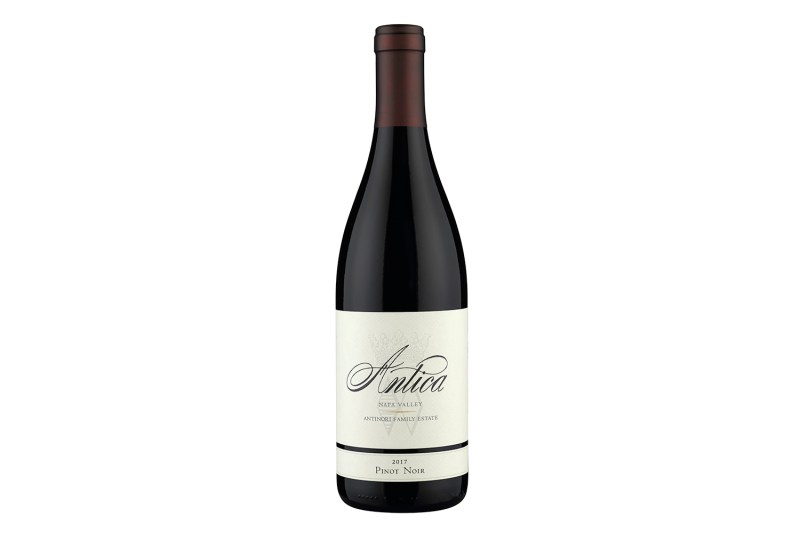
It is almost impossible to mess up pairing any wine with cheese, let’s be honest. No matter the cheese, or the wine, the acid of the wine and fat and lactic acid from the cheese are just a match made in heaven. So, how do you pair a pasta that is essentially just flavored with pungent cheeses and pepper? You focus on amplifying the texture of the dish.
The Antica Napa Valley Pinot noir’s subtle, needlelike tannins from the French oak give the wine a light, nuanced structure when balanced with its crisp acidity — characteristics that improve the pasta. It has aromas of vanilla and ripe cherry, and tastes of ripe dark fruits and berry jam, with hints of baking spices. When paired with the pasta, you’ll find that it adds a tart brightness to the otherwise creamy pasta. And, if you’ve never had Cacio e Pepe before, then you are really in for a treat.



